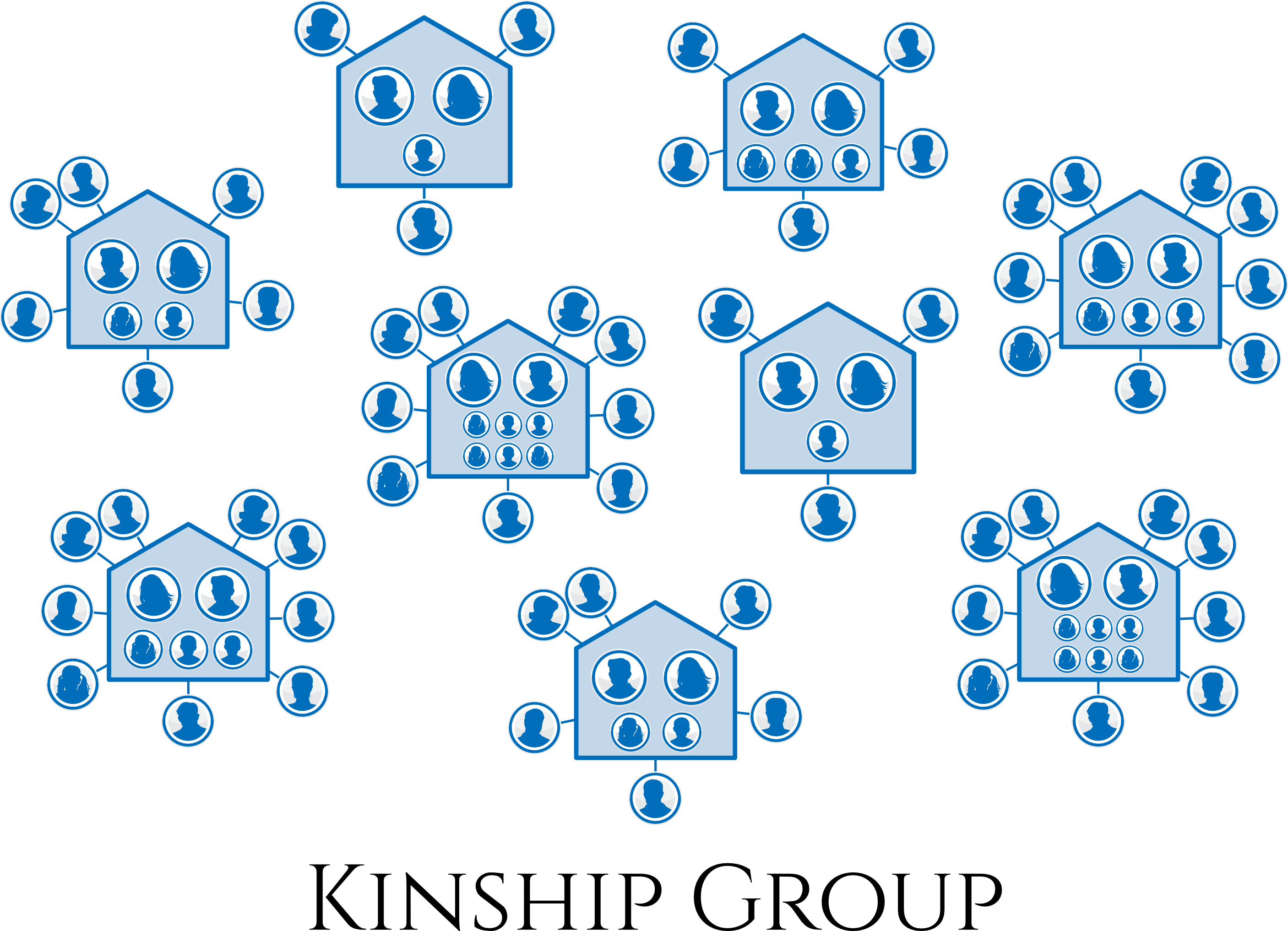Chapter & Charter Structures
Marital Household
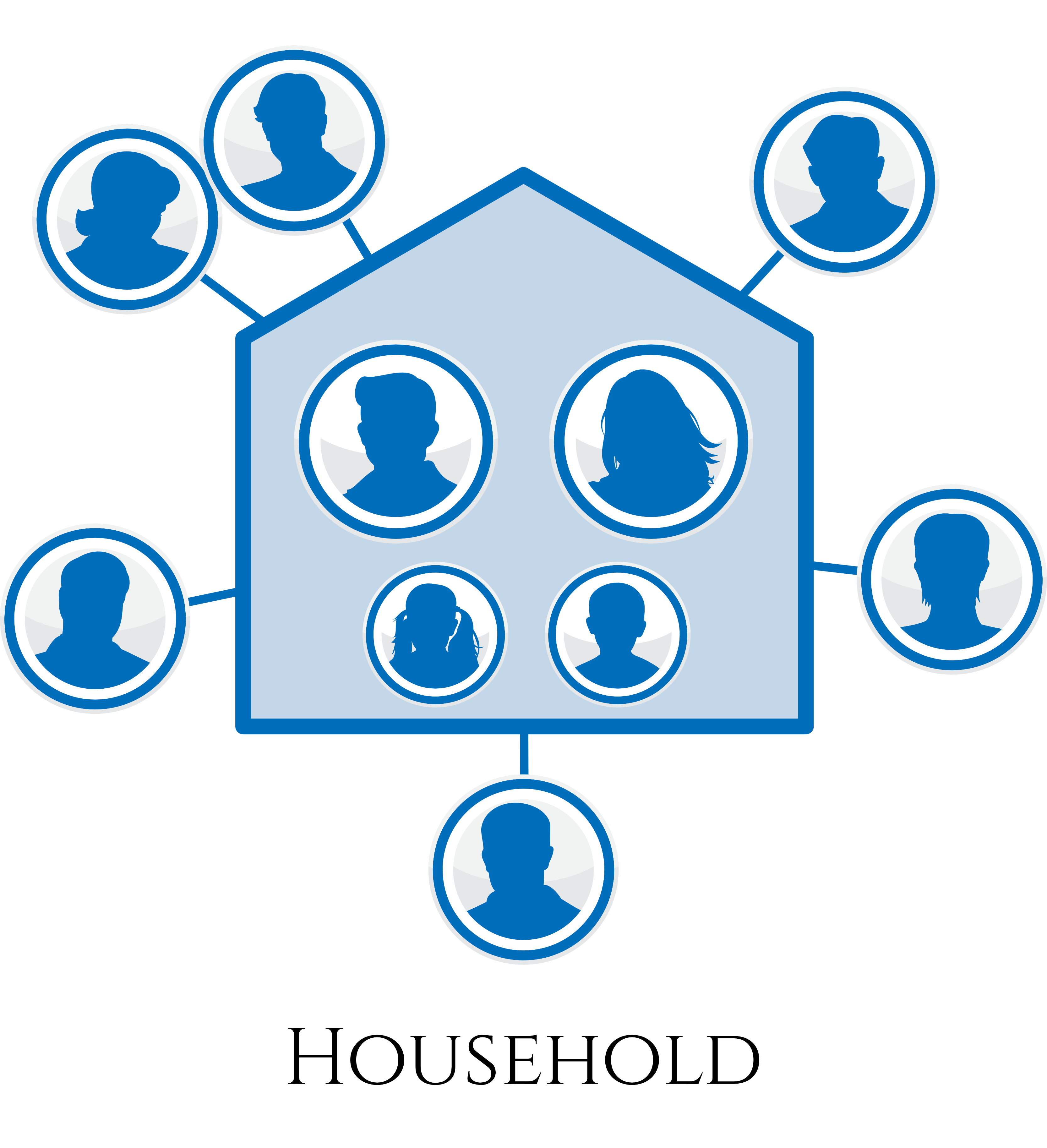
A Married Couple raising their biologial or adopted children, or mentoring other children, is the core family unit and the primary building block of a shirehold, and of society.
- - The marital household includes a married couple and their biological children. This extended family household unit may include single adults relationally connected (attached) to the family, and may also include parents, caregivers, and residential staff if the household is connected to a business.
- - May also include individuals or families who rent or lease living space.
- - May also include refugees living in temporary Transitional Housing.
Homestead
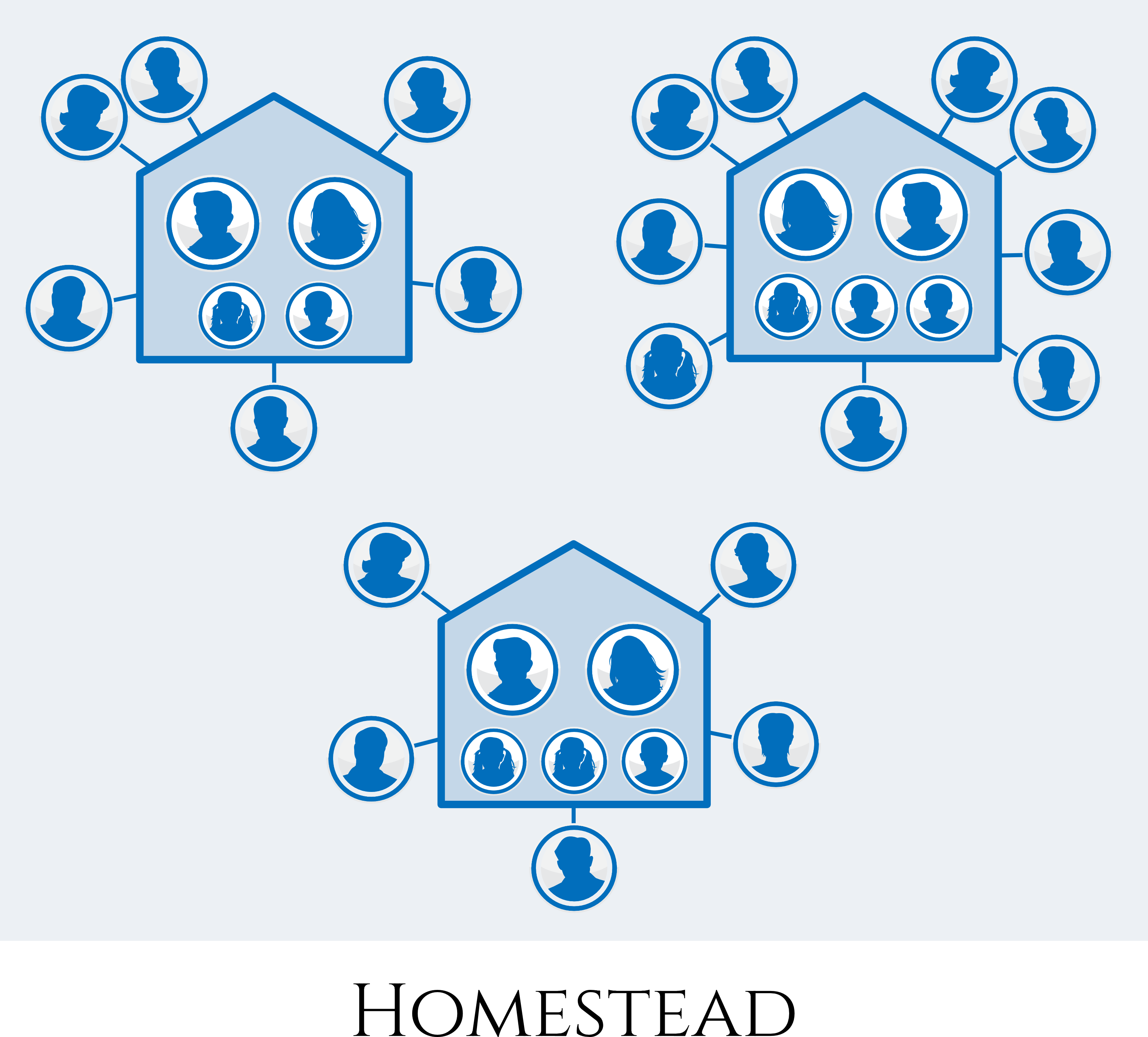
A group of 2-3 marital households any connected resideneses that have single habitation.
- - Includes their kids, and potentially single adults relationally connected (attached) to the family.
- - Includes parents, caregivers, and residential staff if household is connected to a business.
- - May also include individuals or families who rent or lease living space.
- - May also include refugees living in temporary Transitional Housing.
Chapter Groups
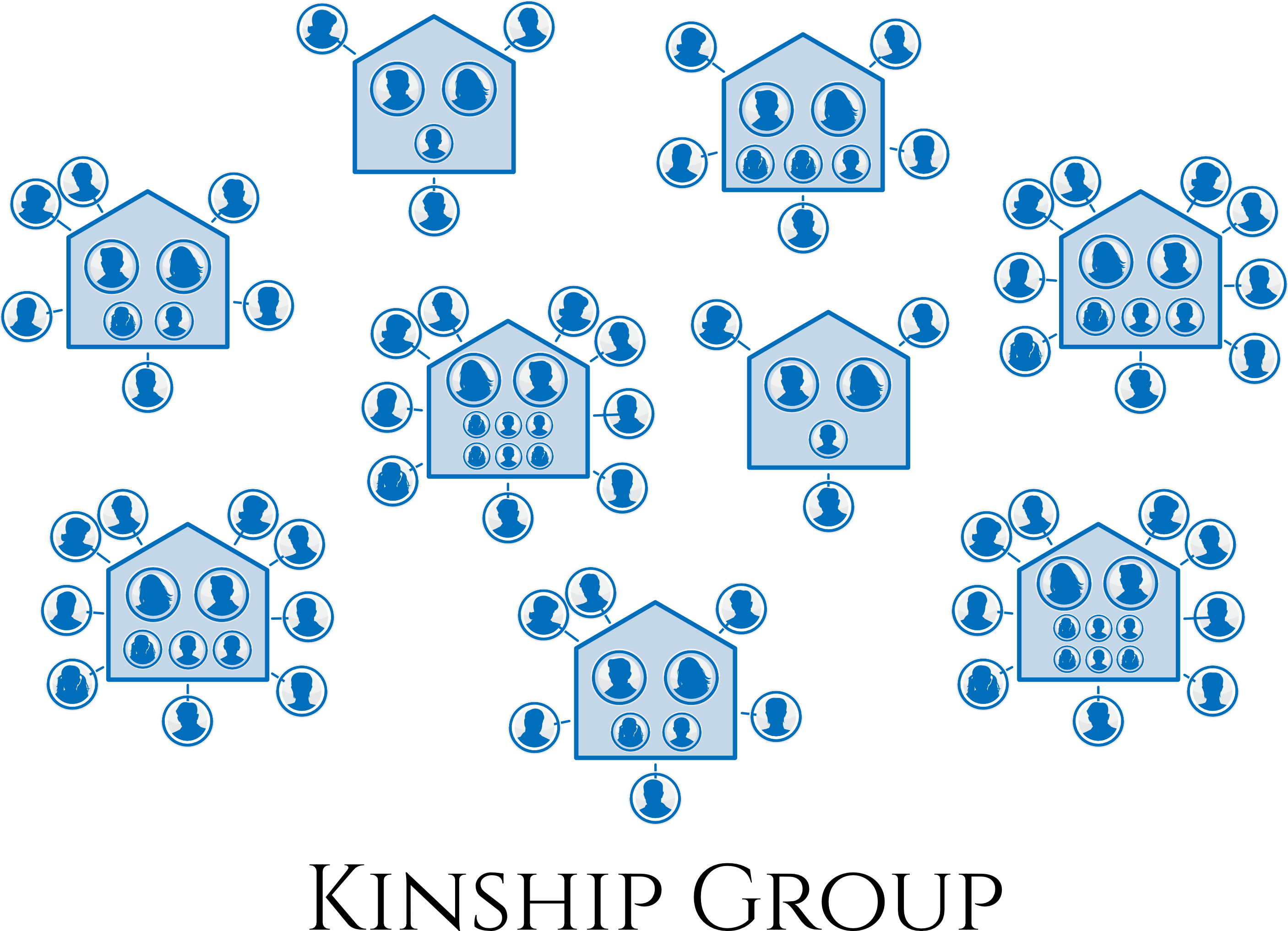
A Kinship Group is an immediate, extended family group of 5 to 12 Martial Households which, ideally, includes about 30 Peers and may include even more non peer adults, plus all of the others mentioned as part of the households.
- - This is the first level of self-reliance and cooperation
- - Closest Daily Relationships beyond immediate family
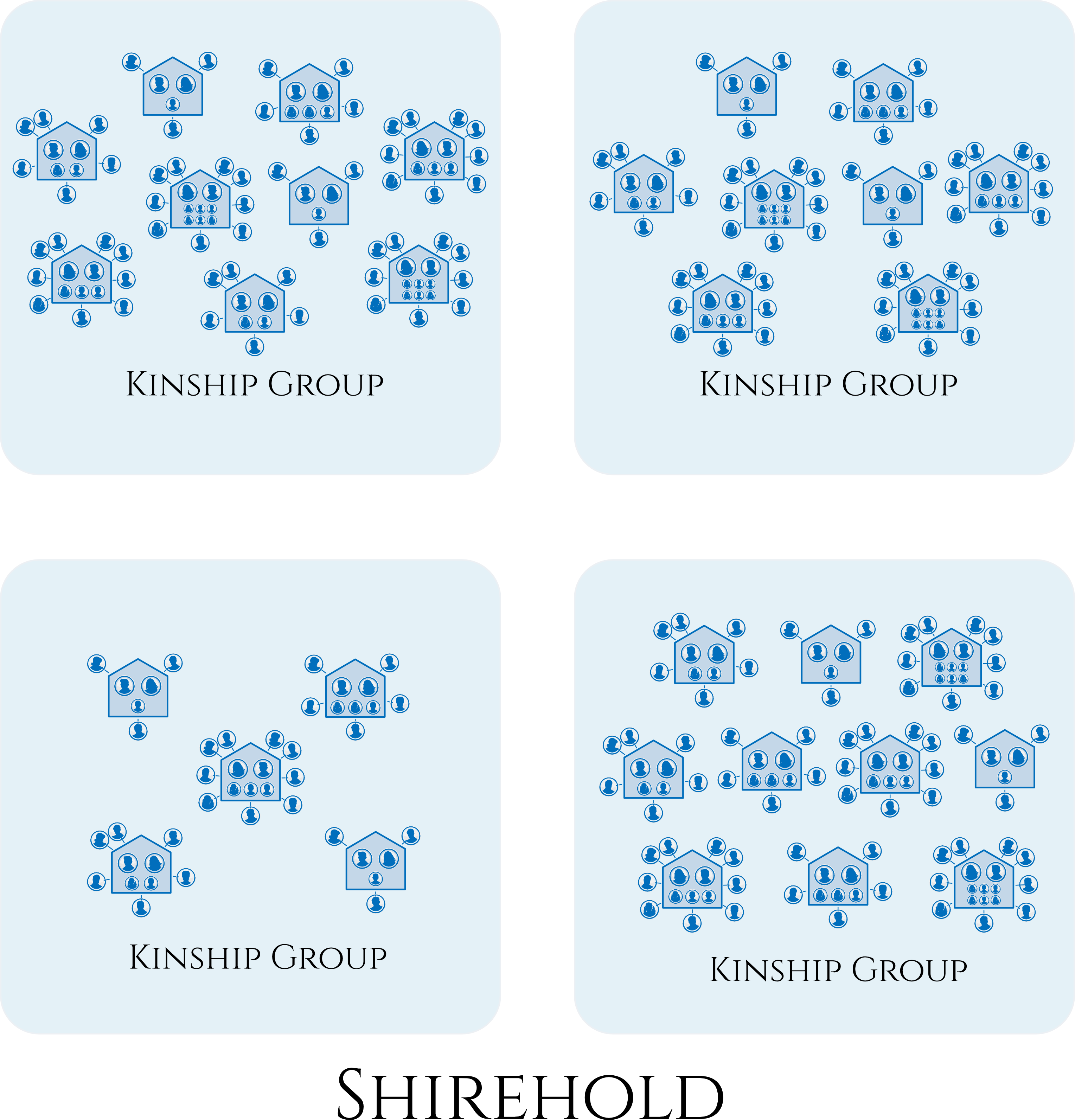
A Shirehold includes 3-5 Kinship Groups
- - The "Core Constituent Entity" of the new civilization and the spiritual nation is what makes us Upadarians
- - We consider this to be the complete family unit that can achieve self-sufficiency with food supply, housing, energy, basic medical and other physical needs, crisis and disaster preparedness, education, etc.
- - Ideally 120 Peers, and typically 30-150, plus adults and kids
- - A community of families working together nurtures strong families and strong marriages. We believe the roots of most societal problems come from a lack of strong relational family connection and fatherlessness.
- - Includes refugees in transitional housing and those leasing a living space, which may or may not choose to participate in community activities.
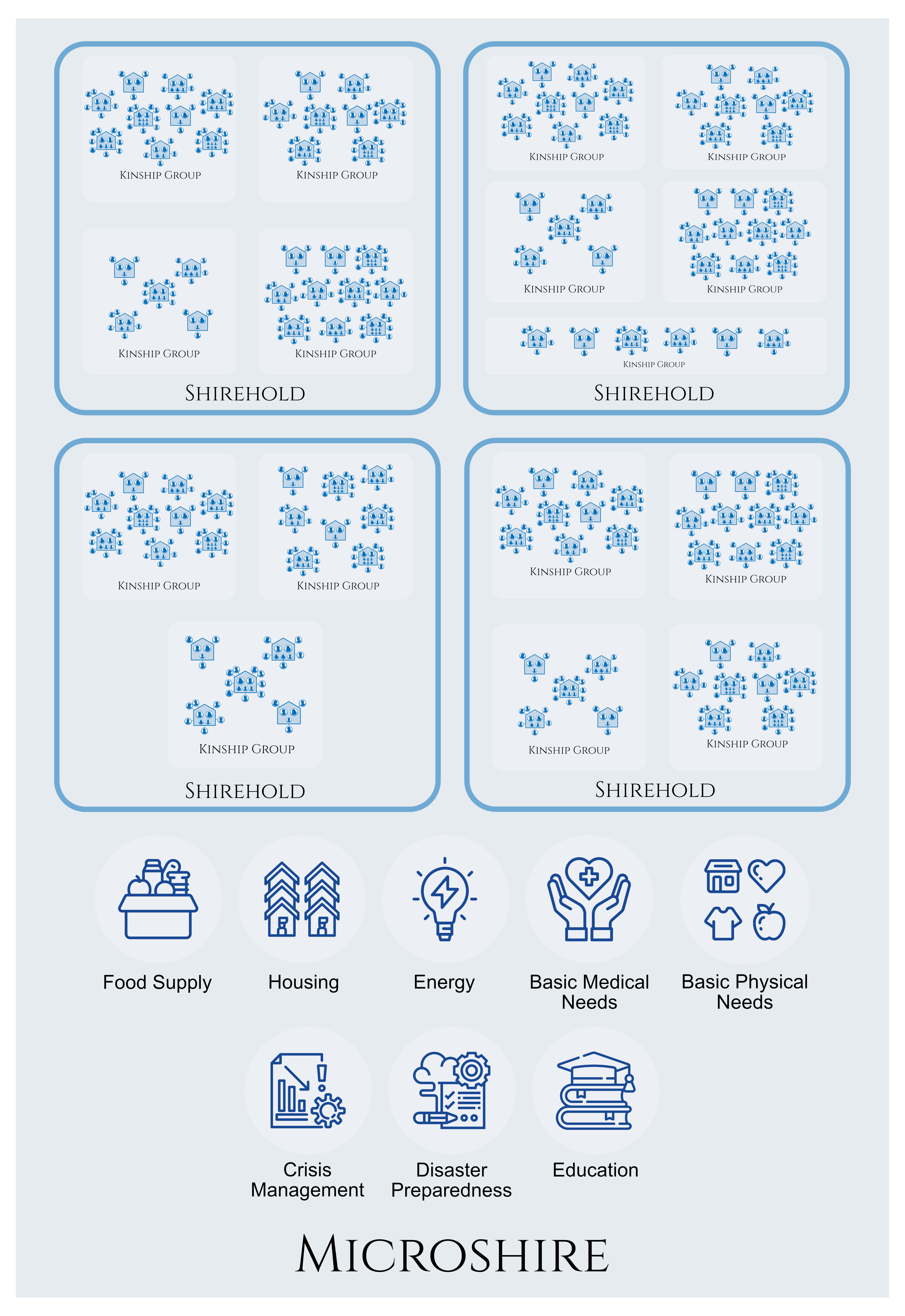
A Microshire is a network of households consisting of 3 to 5 Shireholds
- - It's purpose is to pool resources organize mutual support with efficiency and scale between participating Shireholds
- - Includes food supply, housing, energy, basic medical and other physical needs, crisis management, disaster preparedness, education, etc
Chapter Communities
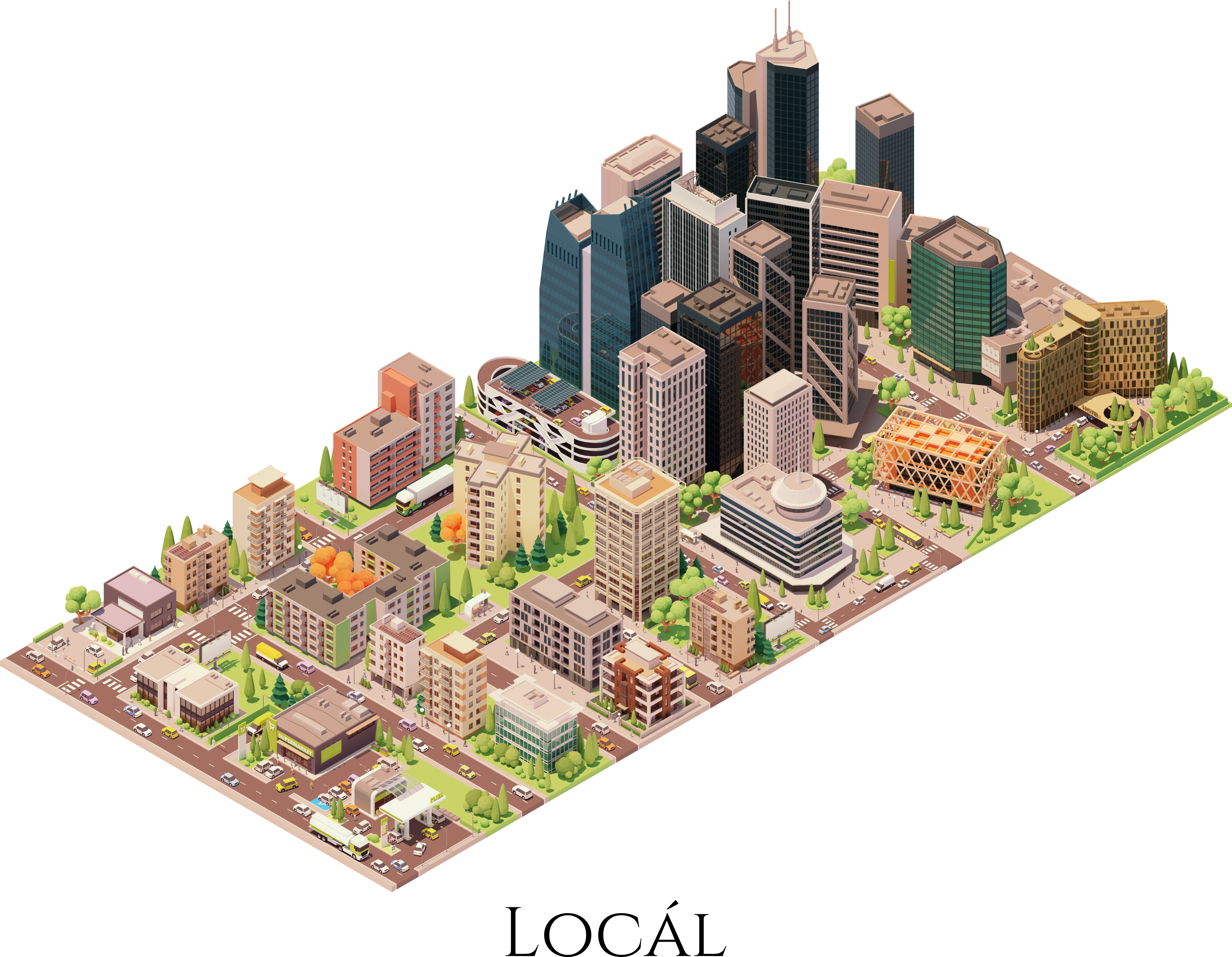
A Locál (lō-C̆ál) is a distributed and intentional community which functions like a physically contiguous community and can support about 1000 e-citizens. Geographical service areas connected relationally in close enough proximity that citizens could actually gather together for a town meeting at a physical location.
- Manor - Most common type of Local
- Precinct - Urban area / city neighborhood
- Demesne - A Local which is the Home Local of a Shire
- Crown Demesne - A manor which hosts a National Regency Official or Charter Community Head Official
Charter Communities
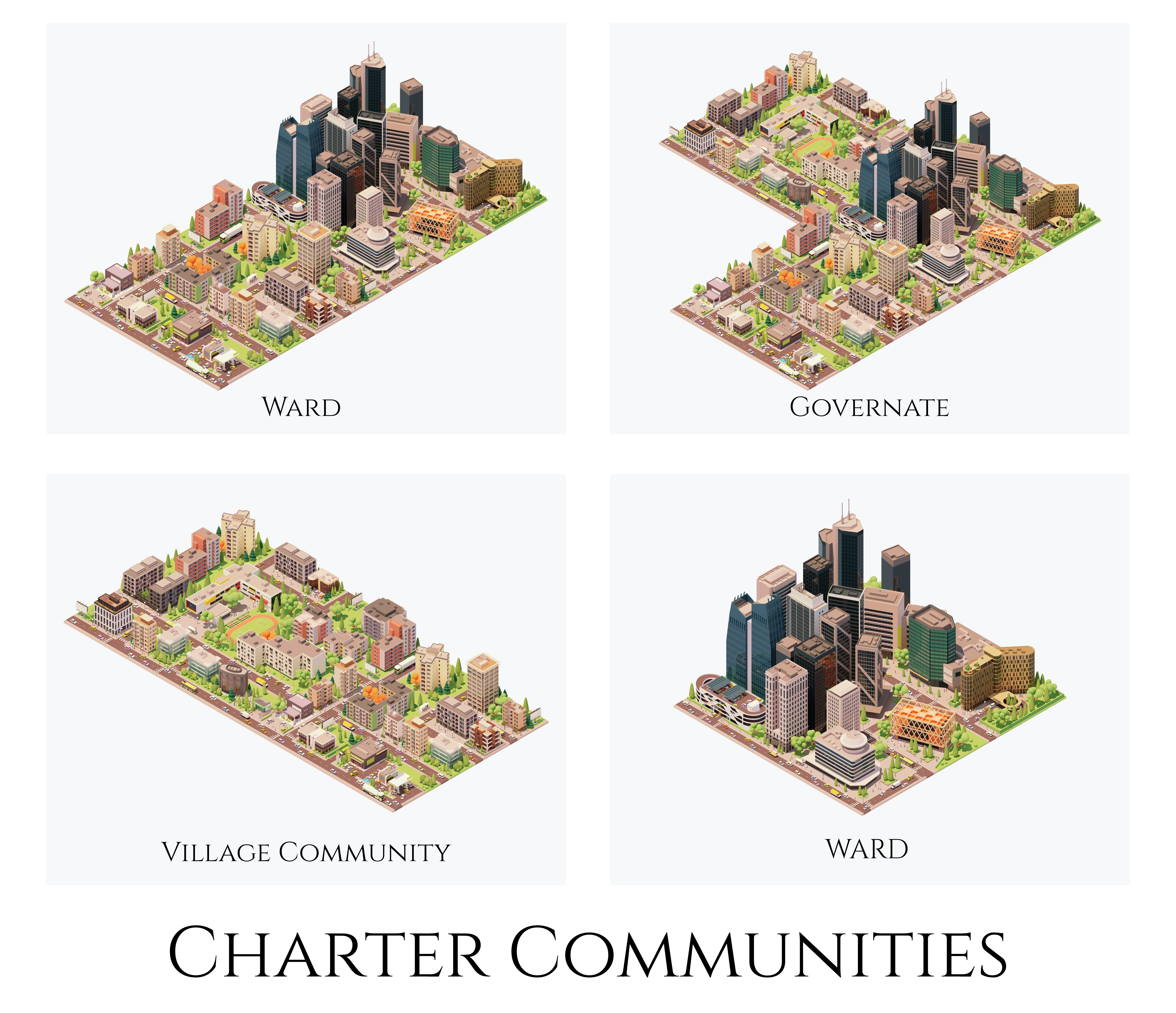
- Village Community
- A distributed village (Less densely populated area) 3 to 10 local communities 2000 to 5000 e-citizens
- Ward
- (Densely populated urban area) 3 to 10 local communities
2000 to 5000 e-citizens
- Governate - Home Community of a Regency or Area Charter Community
Area Charter Communities
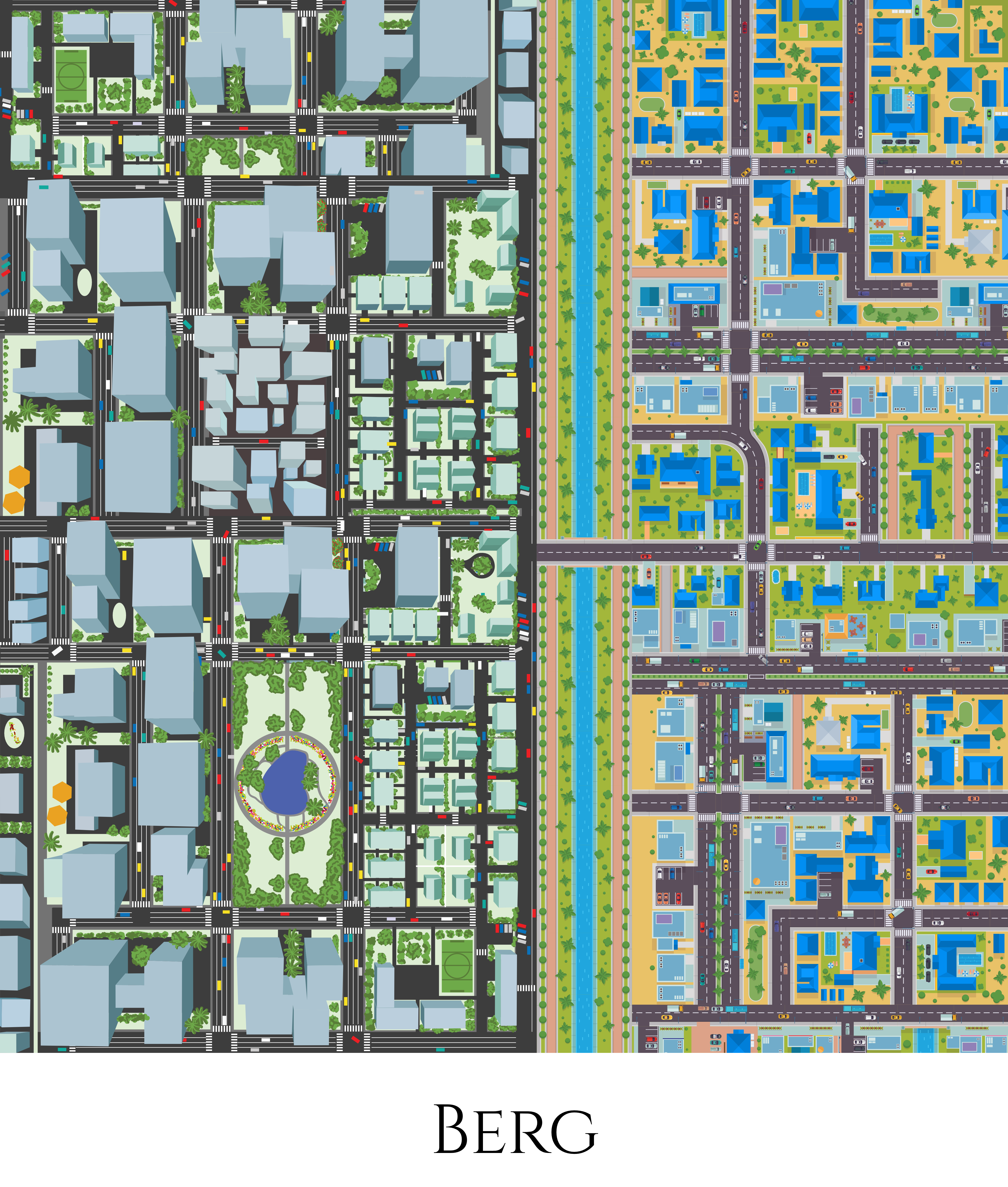
- Shire
- Distributed City in a geographical area that can support 50,000 100,000 e-citizens
- Berg
- Urban Distributed City in a geographical area that can support 50,000 100,000 e-citizens
- Shiredom
- Distributed Home Charter Community for a Region
- Regal Shiredom - (Ie. Riqueday™) Distributed Home Area of a Territory
Charter Organizations
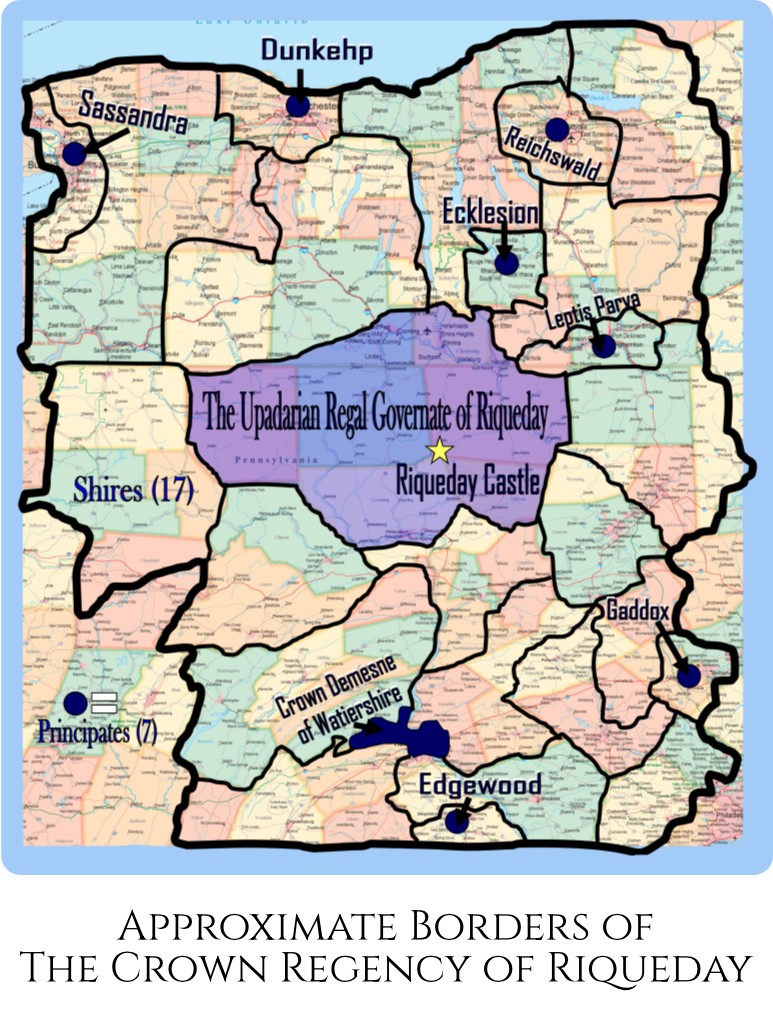
Organizational Structures which serve large numbers of charter communities; Current and future goepolitical factors are considered
REGION (types)
- A Regency is the primary type of Distributed Region similar to a state or province; Plurality of leadership; Key leader is called Regent; includes 10 to 20 Shires on average.
- A Principality is a Distributed Regency in a densly populated urban area; similar in population to a state or province; Plurality of leadership; Key leader is called Regent; includes 10 to 20 Shires or more.
- A Crown Regency is the Home Regency of a Commonwealth, and the Governmental and Administrative Center for a Territory or Commonwealth.
- A Crown Principality is a Regency which is a physical city comprised of contiguous land typically in a densely populated urban area; Like a Capital City, it is the Governmental and Administrative Center for a Territory or Commonwealth or CCU
- A Shire Republic is a Crown Republic's Home Regency.
- The Crown Principality of Upadaria™ is the future World HQ for the Crown Commonwealth of Upadaria™ (CCU) and the UPADARIAN COMMONWEALTH SOCIETY INTL; Directly Governed by CCU Leadership team.
TERRITORY
-
A Crown Republic the virtual equivalent of a small self-supporting ountry; Led by a plurality of leadership; key leader on leadership team is Presiding Regent.
-
A Dominion is a geographical territory designation for an area outside of the CCU. Each Tribe is responsible
for a dominion (or geographical area within a larger domain) based on specific focus for missionary and humanitarian
aid initiatives.
-
A Crown Dominion is a smaller service area with a Upadarian HQ and a physical team on location (ideally), to
support the larger geographical area known as a Domain; The HQ may begin as an Embassy. It can grow into
a Hub (Missions, Humanitarian and NGO Support Base and community); Typically Hubs will be combined with or connected
to an Embassy.
- A Kingdom is the Main Charter Territory area for a tribe, or a specially designated area by the Upadarian Commonwealth Society Intl.
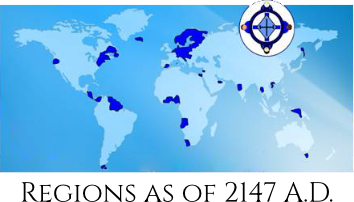
- A DOMAIN is a geographical region of the world delineated for Missionary, Refugee and Crisis oriented outreach
- - The World is organized by 20 Domains globally.
- - They are geographical areas according to the 2147 timeline map from the Blue Book of Upadaria™.
- - Each of the 17 Upadaria™ Tribes have a ministry responsibility within a geographical area (Dominion) of the domain.
- - Each Domain has one Crown Dominion. (see explanation)
- - There are 18 total Dominions in each Domain.
A COMMONWEALTH is the equivalent of an independent country within the Crown Commonwealth of Upadaria (CCU)
the CROWN COMMONWEALTH of UPADARIA (CCU)
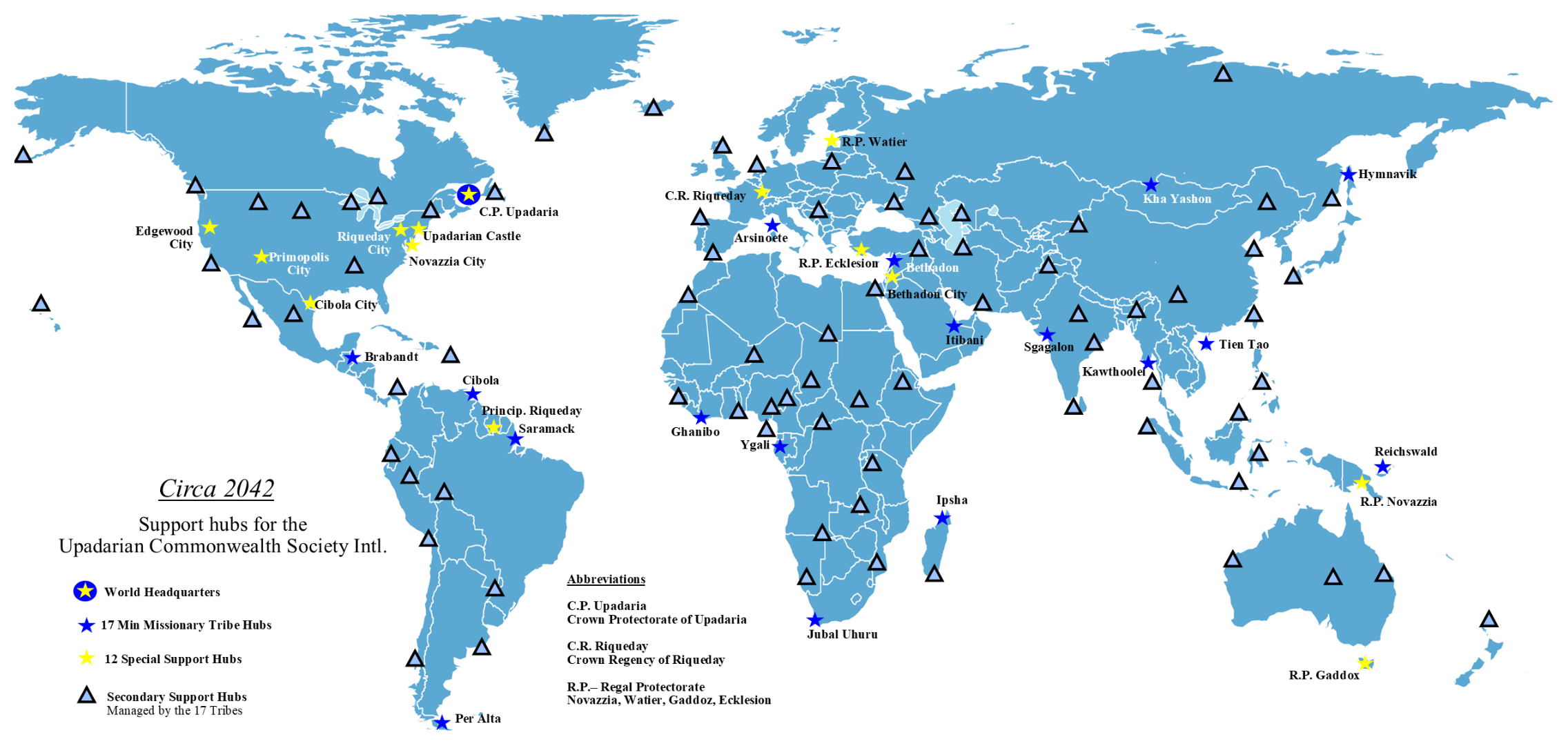
The Country of Upadarian Countries; it is the future fictional global distributed territorial Sovereign Commonwealth of Unified Upadarian Countries
UPADARIAN COMMONWEALTH SOCIETY INTERNATIONAL
- - The Global Network of Branch Societies
- - Facilitates the over all mission of the Peers of Upadaria™
- - Provide and facilitate legal covering for branch societies
- - Represents all Upadarians Globally


